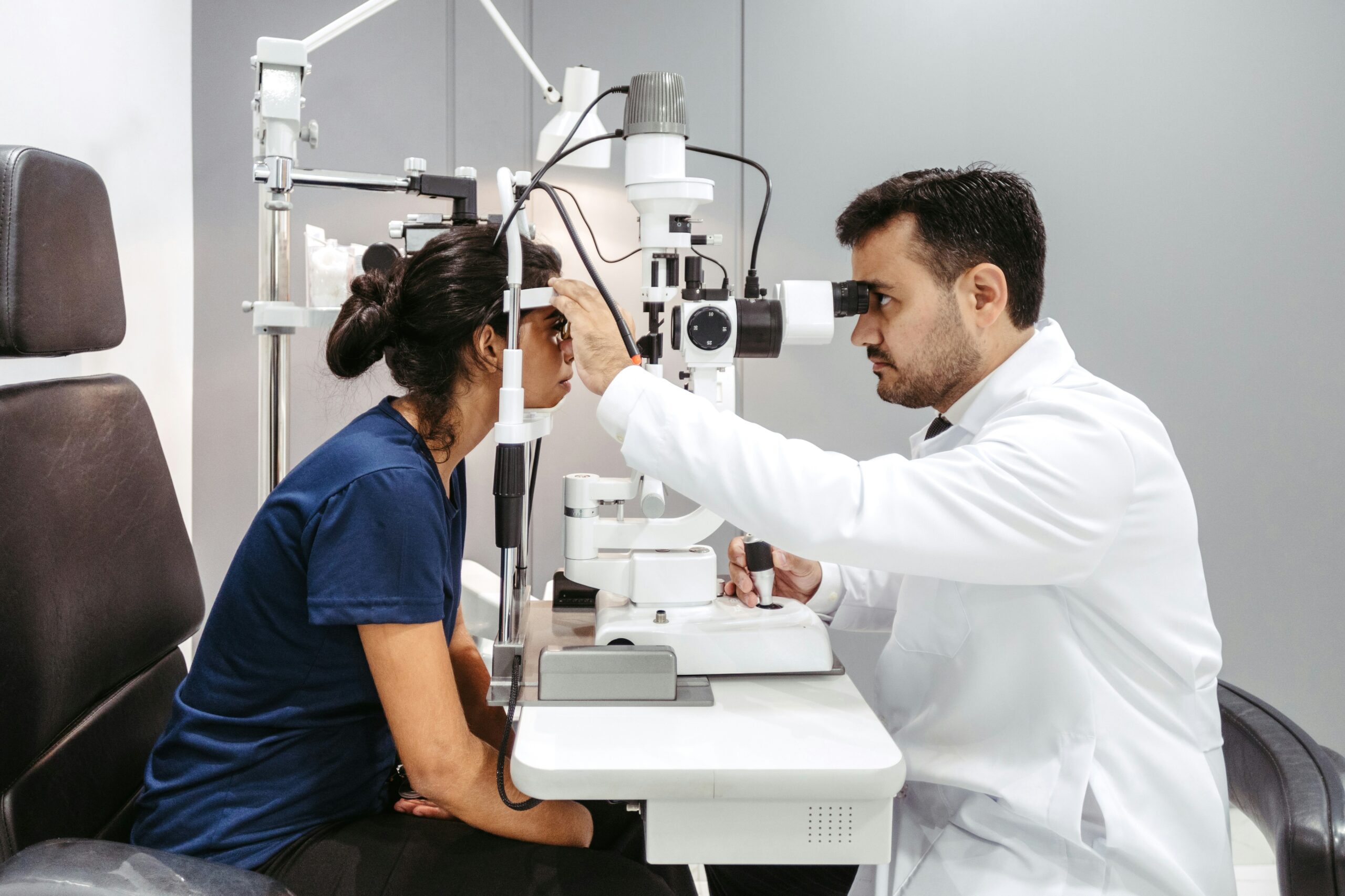
Glaucoma is one of the leading causes of blindness worldwide. It happens when the pressure inside the eye becomes too high and damages the optic nerve. This damage can cause permanent vision loss if left untreated. This can lead to better outcomes and more comfort after surgery.
Why Surgery Matters in Glaucoma Care
The most common type, open-angle glaucoma, develops slowly and often without pain. It occurs when the eye cannot drain fluid properly, causing pressure to rise. If that pressure stays high for too long, it can damage the optic nerve, which sends signals from the eye to the brain.
When medications and laser treatments do not lower the pressure enough, surgery becomes the next step. Glaucoma surgery helps fluid leave the eye more easily or decreases the amount of fluid the eye produces. Both ways help reduce pressure inside the eye and prevent further damage.
Older surgery methods work well, but they can come with higher risks, longer recovery, and more side effects. That’s why many eye doctors now use modern techniques that are less invasive and better suited for long-term eye health.
Modern Options with Minimally Invasive Glaucoma Surgery
Minimally Invasive Glaucoma Surgery, or MIGS, is one of the most significant advancements in recent years. These surgeries use tiny tools and tiny cuts to treat glaucoma. One method uses small implants placed in the eye’s natural drainage system. These implants help the fluid flow more efficiently, thereby reducing pressure. Other methods use special tools to remove the tissue blocking fluid from draining. Some techniques create new drainage paths that gently lower eye pressure.
Patients often return to daily activities sooner with MIGS compared to traditional surgery. These modern procedures are also less likely to cause scarring or infections. For many people, MIGS offers the right balance of safety and effectiveness.
Laser Treatments That Offer Gentle Relief
Laser surgery has long been a helpful option in glaucoma care. It works by improving fluid flow or reducing the amount of fluid the eye produces. Recent improvements in laser technology have made these procedures more precise and easier to recover from.
Selective Laser Trabeculoplasty, also known as SLT, is a newer type of laser treatment. It targets only specific cells in the eye’s drainage system without harming the rest of the tissue. This makes it safer and repeatable. Most people see results in just a few weeks.
Another modern laser treatment is Micropulse Laser Therapy. This method utilizes short bursts of laser energy instead of a single, prolonged beam. These bursts give the eye time to cool, which helps protect healthy tissue. It is beneficial for people with advanced glaucoma or those who are not good candidates for other types of surgery.
Updated Drainage Implants and Shunt Surgeries
Some glaucoma cases are more complex to control and need more advanced treatments. When medications, lasers, or MIGS are not enough, doctors may recommend a drainage implant.One of the latest devices is the Paul Glaucoma Implant. It is smaller and easier to place in the eye. Its design allows smoother fluid flow and reduces the risk of pressure dropping too low.
These new devices are helping people with severe glaucoma maintain their vision. They provide steady pressure control and fewer complications. Because they are more flexible and easier to place, they also make recovery smoother for many patients.
Advanced Technology for Better Precision in Surgery
Technology is also playing a significant role in improving glaucoma surgery. Tools that give doctors better views of the eye during surgery are making a big difference in how well procedures go.
One such tool is intraoperative optical coherence tomography, also known as iOCT. This device gives real-time images of the eye during surgery. It helps surgeons see exactly where they are working and how the eye is responding. With this clear view, they can place devices more accurately and avoid problems.
While still in early use, these systems offer very steady control during delicate procedures. Robotic tools can make tiny, precise movements that are hard for human hands to match. This could make complex surgeries safer in the future.
Image-guided systems and computer software are also helping doctors plan surgeries. They allow a custom approach based on the shape and size of the patient’s eye. This can lead to better outcomes and more comfort after surgery.